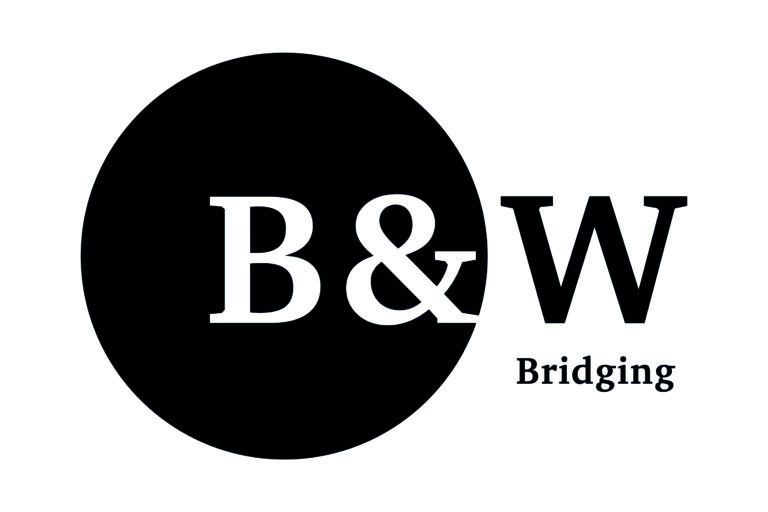The Bank of England cut the interest rate by 25 basis points (bps) last month. With the job market stagnating despite five previous cuts over the past year and higher borrowing costs squeezing businesses, a further reduction is desperately needed next week.
But with inflation still well above target, economists are torn as to whether another cut will come. And if so, when?
Capital Economics backtracked on its prediction that a further 25bps rate cut will be announced before the end of the year. It had forecast the base rate falling as far as 3% in 2026, but now claims the Bank of England has shown “signs that it may cut rates slower and/or not as far.”
This U-turn has a lot to do with the warning that inflation will rise higher than previously thought this year, following a spike in energy and food prices. Consumer Prices Index (CPI) inflation is now expected to peak at 4% in September, a revision up from 3.7% and double the Bank of England’s target.
The closeness of the bank’s Monetary Policy Committee (MPC) vote (four votes for hold versus five for cut) has also scared economists into making more conservative predictions. In May, Deutsche Bank was predicting quarterly cuts, with rates settling at 3.25% in Q1 of 2026.
It has now revised that to just one more cut in 2025 and pushed its 3.25% projection back to Q2 of next year. Pantheon Macroeconomics is being even more cautious, predicting no further cuts in 2025 and citing the number of hold votes as an indication the MPC is unlikely to take further action.
But we disagree.
The fact a revote was required for the first time in the history of the MPC highlights that inflation is not the only issue on the table. Alan Taylor, who has served as a senior adviser at Morgan Stanley and McKinsey and is the newest member of the MPC, initially called for a bigger 50bps cut.
Either Taylor needs to remortgage, or he sees the rise in inflation to be short term and understands the importance of further cuts to the economy. In a speech given at Leeds University Business School in January, Taylor said the UK is “in the last half mile” on inflation and called for gradual interest rate cuts to ensure inflation could return to 2% with a “soft landing”, without triggering a recession.
Thankfully, other economists have taken a similar approach. HSBC predicts rate cuts of 25bps per quarter until Q3 2026. In its Special Coverage Report, Divided BoE settles on another rate cut, the bank claims “there’s a sense that the BoE sees enough of an economic slowdown to continue in a ‘gradual and careful’ downcycle of rates.”
Thanks to falling job vacancies, it suggests wage growth will suffer and the Bank of England will have “less to fear” from inflation. Oxford Economics agrees another cut will likely follow in November, expecting growth to be disappointing and inflation to come down in line with the committee’s forecast.
Another base rate cut is needed this year
Mixed predictions can be baffling to navigate for landlords and other businesses looking to invest or take out a loan. That’s why the economy is in desperate need of a shove in the right direction. Growth slowed between April and June and the first quarter of 2025. Meanwhile, the unemployment rate is rising steadily, hinting at further economic deterioration on the horizon.
These are factors that can’t be ignored. We need at least one further cut to the interest rate this year to increase investment, boost consumer spending and instil confidence in borrowers. Not only would this benefit lenders and brokers by bringing borrowing costs down, but it would also create more jobs and put more money back into the hands of consumers to spend on goods and services. The August rate cut was a step in the right direction, but the economy needs more.
